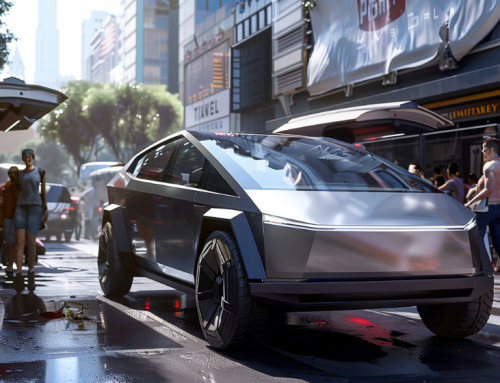Even the best systems on the market sometimes require driver support. Photo: iStockphoto
Insurance Institute Study Faults Flaws in Safety Systems
Car companies projected that autonomous cars could lower the cost of insurance, maintenance and the overall cost at time of purchase. But for now, the dream is farther ahead than the technology. Electronic safety systems in today’s vehicles don’t always measure up to claims made for them, says a recent report from the Insurance Institute for Highway Safety (IIHS), a non-profit supported by auto insurers.
“We zeroed in on situations our staff have identified as areas of concern during test drives with Level 2 systems, then used that feedback to develop road and track scenarios to compare vehicles,” IIHS senior engineer Jessica Jermakian said, according to the report.
Level 2 autonomy employs advanced driver assistance systems (ADAS), which as the phrase implies are meant to help the driver, not replace them. A Level 2 car has the two functions of lane keeping and adaptive cruise control, a feature that maintains a safe distance from the car in front.
The article all this information was gleaned from, was written Philip E. Ross for Spectrum.ieee.com. Ross went deeper explaining the tests that were being conducted recently by the Insurance Institute. With an assortment of vehicle manufacturers and the models they produce, they hit the test track.
The tested cars were the 2017 BMW 5-series with Driving Assistant Plus; the 2017 Mercedes-Benz E-Class with Drive Pilot; the 2016 Model S and the 2018 Tesla Model 3 with Autopilot (using different software versions); and the 2018 Volvo S90 with Pilot Assist.
If you read the full article you will see how each car fared and how they succeeded or failed. Though it’s not exactly what was hoped for, the Insurance Institute for Highway Safety did release some good news and numbers.
The Insurance Institute says that though lane keeping is a somewhat less potent safety function than adaptive cruise control, it could—if properly implemented—avoid 8,000 deaths a year.
Another factor, the cost of insurance, will vary according to the individual driver’s insurance score, but if self-driving cars live up to the hype, those numbers could be lower than ever in time.
Read more at spectrum.ieee.org







Leave A Comment